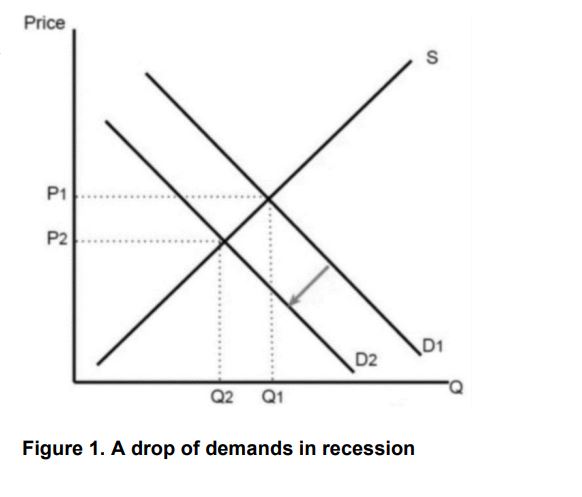Should Firms Lower Product Price in Recession? A Review on Pricing Challenges for Firms in Economic Downturn
Keywords:
Economy, Firm, Recession, Price cut, Purchasing behaviorAbstract
Recessions often result in the temptation of price cuts. For a firm to prosper despite a slow economy, a more holistic plan is required. Firms reduce their prices to increase sales volume. However, with an appropriate pricing strategy, a business may compete and even prosper during slow economic conditions. This study is an effort to shed light on pricing challenges for firms in recession. We posit that although buyers want to save money in a recession, price is generally a secondary consideration in the majority of buying decisions. When customers make buying decisions, other variables such as quality, service, variety, availability, ease, recognition, trust, and support typically take priority even in a recession. Purchasing inertia is high in the domain of recurring business-to-business transactions, and customers form long relationships with the items, suppliers, and processes they use to make repeat purchases. Switching costs are high, and unless there is a major service breakdown, it is uncommon for a customer to defect for a little price difference. Because cutting prices has large influence on profit, it is rare that low prices produce enough more demand to generate extra profits. Firms should avoid allowing a slow economy to diminish their value and should instead focus on non-price ways of assisting customers in difficult economic times. This study concludes that slashing prices in a recession is rarely a proven strategy to boost profits.

Downloads
Published
How to Cite
Issue
Section
License
Copyright (c) 2018 Author

This work is licensed under a Creative Commons Attribution-NonCommercial-NoDerivatives 4.0 International License.




